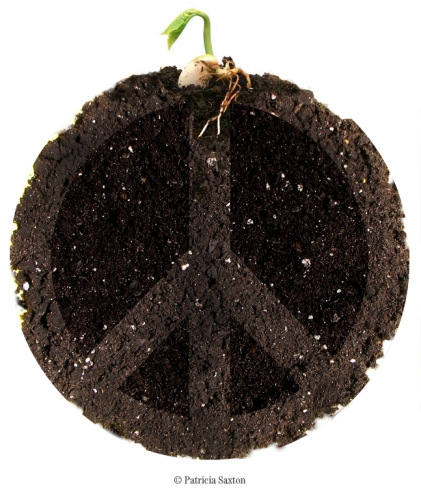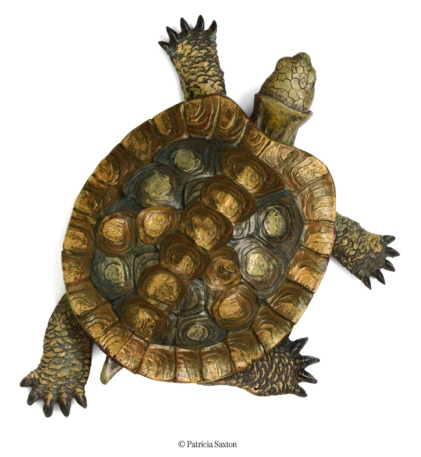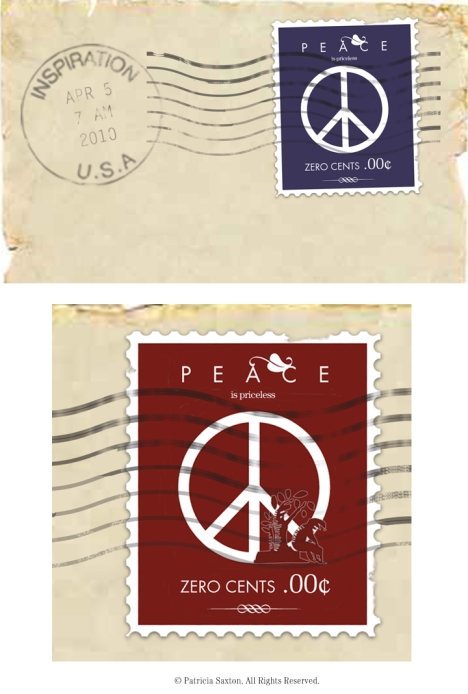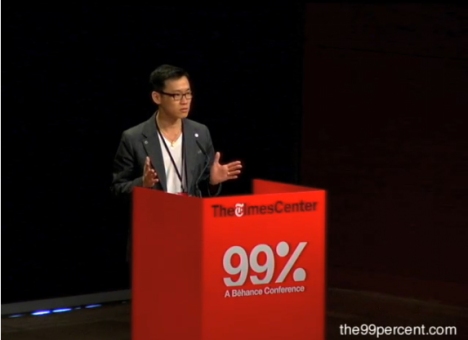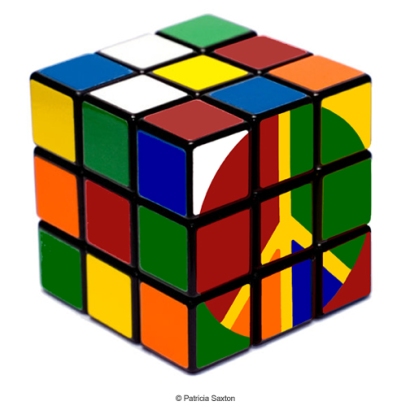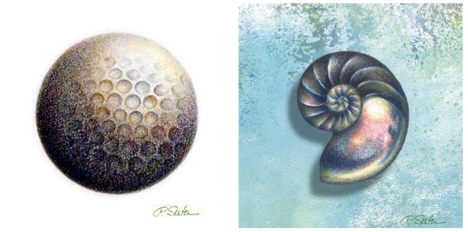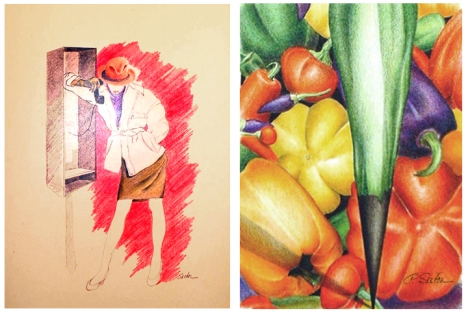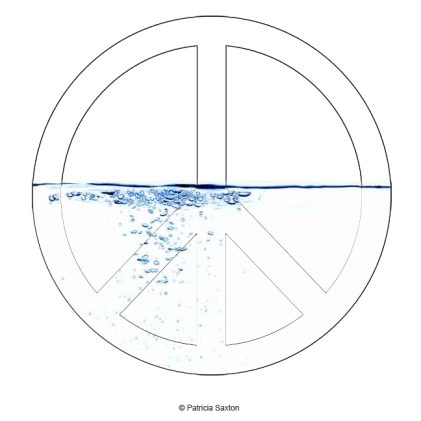iPad: The New Medium for Children's Books?
Wow. This isn’t reading, it’s a multi-media experience.
Alice in Wonderland gets an animation makeover in the video below … it’s frenetic (clearly shown at warp speed for promotional purposes), but there’s definitely a “wow” factor and a vivid sense of what’s possible.
It’s very cool storytelling. It’s fun. But it certainly distracts from the act of reading – an act that’s pretty important in my book (no pun intended).
It’s not unlike the difference between reading a book and watching a movie. Yet entirely different from both because of the interactivity neither a classic book nor movie can claim.
And it begs the question: is this a good thing? Will it discourage reading, by making the words simply part of the visual action? Or will it encourage reading, by making it come alive?
I saw a comment calling this an “imagination killer”. Boy did that ring a bell. But will it be true?
There’s a lot to be said for hearing a story, imagining in your own mind what might be happening, and how and where, and what places look like. I don’t think this should ever be devalued. But we know so little of the human mind … is it possible that an interactive story like this might expand a mind into even more imaginings?
I don’t have the answers, but I do agree with one thing: Whether animated or straight-forward, the iPad (and its likely successors) will probably be the next big medium for children’s books. Sooner than later.
And what I’m finding particularly strange, is that even a devout book appreciator like myself doesn’t really mind.
Nothing will replace the wonderfully textural experience of holding a book, turning the pages, smelling the paper … it’s almost sacred. But I can accept another medium, one that will show off colors in their brightest brilliance and whites at their crispiest and words their most sharp and dapper. All at the touch of a screen. It’s very neat. Very clean.
I also have to admit, I wouldn’t mind seeing my Fairies alight that screen. Not so sure I want them doing backflips or shaking fairy dust around at the whim of a “reader” … because, of course, I’d actually like them to read the words. But just a little flitting about might not hurt.
………………
Please feel free to share your thoughts! I’d love to know how people feel about this.




